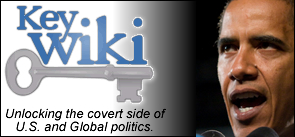The Trump-Sanders Coalition
By: Cliff Kincaid | Accuracy in Media You know the terms “left” and “right” are losing meaning...
Read MoreBy: Cliff Kincaid | Accuracy in Media You know the terms “left” and “right” are losing meaning...
Read MoreBy: Cliff Kincaid Accuracy in Media Republican operative Karl Rove writes in The Wall Street...
Read More

My beloved husband,
GARRY HAMILTON,
passed away
on September 24th, 2022.
I will love you always.

